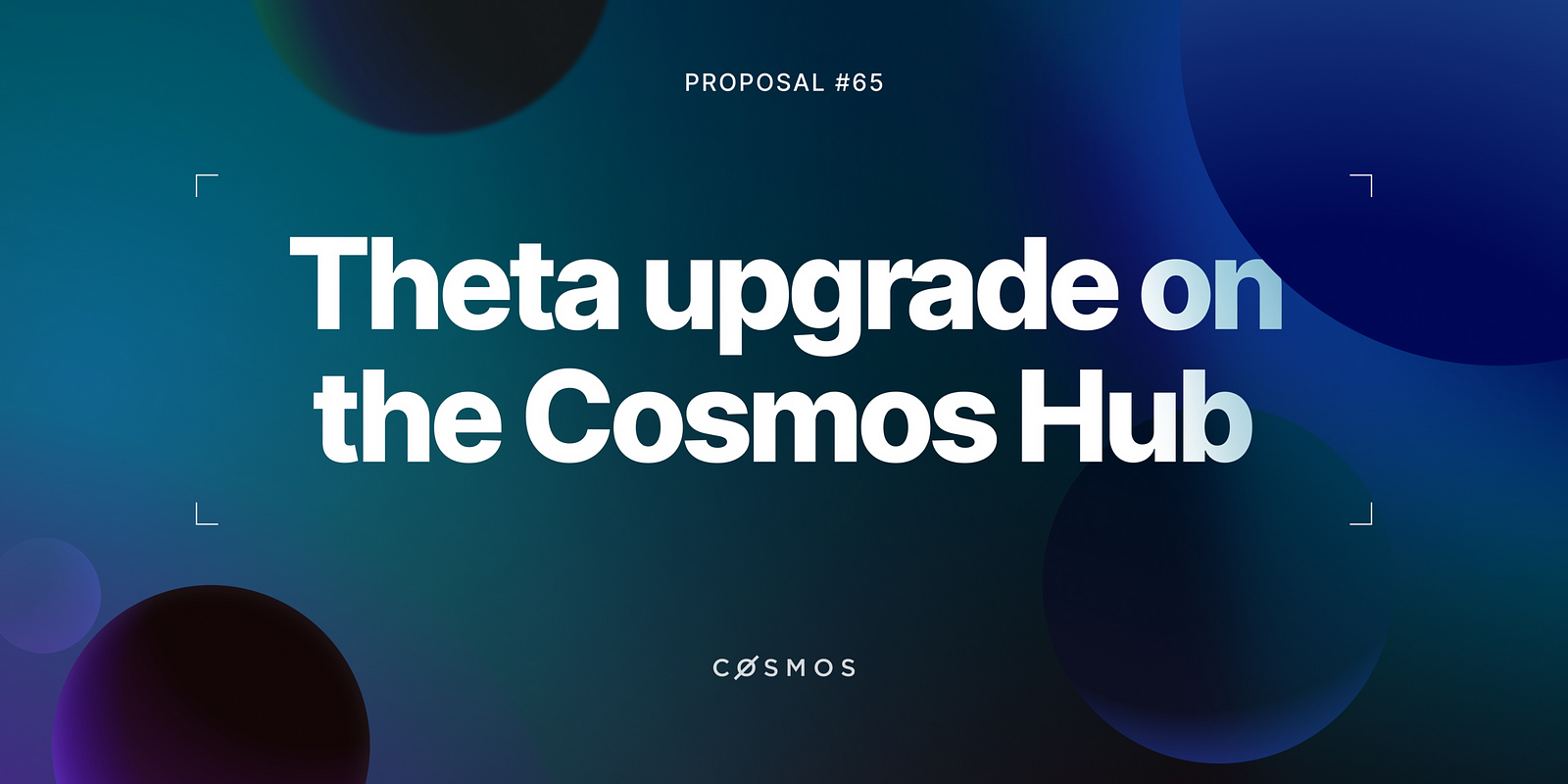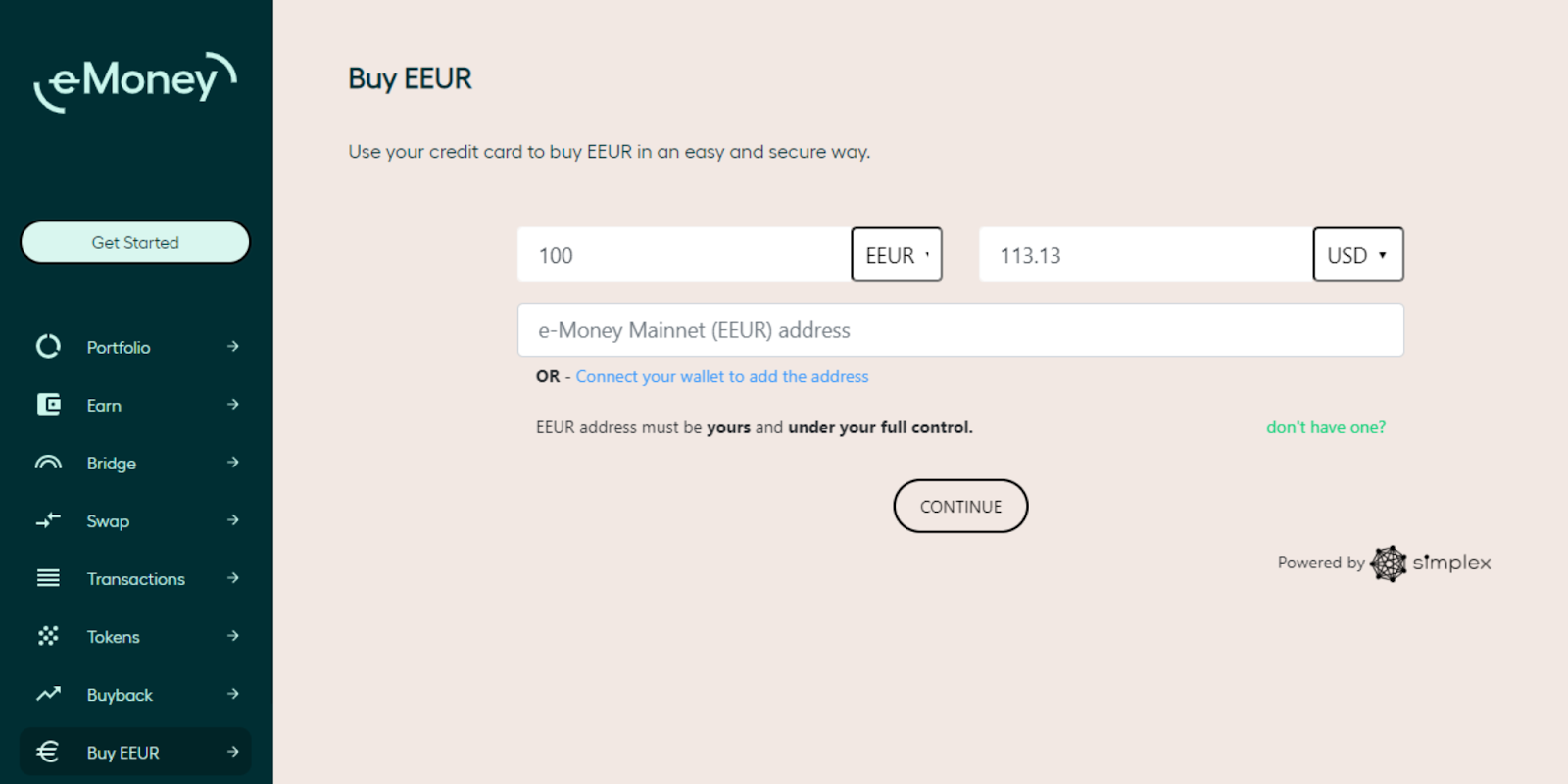An overview of the current Cosmos Ecosystem state in 2022
It’s always a good time to have a reoccurring, in-depth look at the different projects and blockchains that are out there. In this article, we’re taking you through the Cosmos ecosystem as it is at the time of writing.
So, what is Cosmos? Cosmos is an ecosystem of blockchains that can scale and interoperate with each other, thanks to IBC (inter-blockchain communication), the Cosmos SDK and a sea of tools, wallets, applications etc. Thanks to the Cosmos SDK, developers can build sovereign blockchains that process transactions quickly and communicate with other blockchains in the Cosmos ecosystem.
- The IBC or inter-blockchain communication protocol allows all networks in the Cosmos Hub to communicate with each other. Through IBC, users can transfer assets and data from one blockchain to another IBC connected blockchain.
Now, before we go any further, it’s important to note the differences between the Cosmos Hub, Cosmos Network and Tendermint.
- Tendermint is a general-purpose Replicated State Machine (RSM) that provides Byzantine-fault tolerant properties to any distributed ledger technology (DLT) or blockchain application that uses it for consensus. In practice, it allows developers to create blockchains without having to start from scratch.
- One of the first blockchains to be launched on the Cosmos Network was the Cosmos Hub. It serves as a gateway for token transactions between future Cosmos blockchains. The Cosmos Hub monitors the state of all connected blockchains to ensure security and prevent double-spending.
- The Cosmos Network is a network of wildly divergent blockchains that are linked together by the Cosmos Hub and a standard communication layer known as the IBC.
Another critical concept in the Cosmos ecosystem is the ABCI or Application Blockchain Interface. It is a protocol that connects a state-machine and a consensus engine like Tendermint. This protocol makes it possible for developers to choose any language that fits their needs; with this, a wide range of developers can come and help the Cosmos ecosystem flourish.
Governance
The Cosmos Hub has an on-chain governance mechanism for passing text proposals, changing consensus parameters, and spending funds from the community pool.
Governance is a key aspect of PoS networks, helps users of a network decide future development and changes in the networks they participate in. It solves centralization problems as everybody can vote and express their opinions about certain changes or updates in a blockchain and since all votes and outcomes happen on-chain, there’s no way to say otherwise, once a proposal passes. Everybody should participate in governance, this way we can avoid a central group controlling the fate of a protocol.
Proposals go through two periods, known as the deposit period and the voting period. Before a governance proposal enters the voting period, a minimum number of $ ATOMs deposited (64 at the time of writing) is required. Anyone may contribute to this deposit. Deposits of passed and failed proposals are returned to the contributors. However, when proposals are vetoed, deposits are burned.
The voting period is a fixed 14-day period. During the voting period, participants may select a vote of either ‘Yes’, ‘No’, ‘Abstain’, or ‘NoWithVeto’. Voters may change their vote at any time before the voting period ends.
You can see what each of these options means below:
- Abstain: indicates that the voter is impartial to the outcome of the proposal.
- Yes: indicates approval of the proposal in its current form.
- No: indicates disapproval of the proposal in its current form.
- NoWithVeto: indicates stronger opposition to the proposal than simply voting ‘No’. If the number of ‘NoWithVeto’ votes is greater than a third of the total votes, excluding ‘Abstain’ votes, the proposal is rejected, and the deposits are burned.
What determines if a governance proposal passes? There are four criteria:
- A minimum deposit of 64 $ATOM is required for the proposal to enter the voting period. Anyone may contribute to this deposit; the deposit must be reached within 14 days (this is the deposit period).
- A minimum of 40% of the network’s voting power (quorum) is required to participate in making the proposal valid.
- A simple majority (greater than 50%) of the participating voting power must back the ‘Yes’ vote during the 14-day voting period.
- Less than 33.4% of participating voting power votes’ NoWithVeto’.
In PoS networks, voting power is determined by stake weight at the end of the voting period and is proportional to the number of total ATOMs participating in the vote. Only bonded ATOMs count towards the voting power for a governance proposal. Liquid ATOMs will not count toward a vote or quorum.
A quorum is required for the outcome of a governance proposal vote to be considered valid and for deposit contributors to recover their deposit amounts. If the proposal vote does not reach quorum (i.e., less than 40% of the network’s voting power is participating) within 14 days, any deposit amounts will be burned, and the proposal outcome will not be considered to be valid.
Cosmos Hub Roadmap
The Cosmos Hub is ever-moving and expanding, so let’s have a look at the roadmap.
Here’s a list of Cosmos Hub Roadmap upgrades and expected dates:
- v7-Theta Upgrade (Completed April, 2022)

v8-Rho Upgrade (expected Q2 2022)
- v9-Lambda Upgrade (expected Q3 2022)

- v10-Epsilon (expected Q4 2022)
Hub ATOM Liquidity (HAL) Application to acquire ATOM LP tokens with Interchain Security Tokens
- v11-Gamma (expected Q1 2023)
Interchain Security v2 — Layered Security
As you can see, there are many scheduled upgrades happening in the Cosmos Hub. The scheduled upgrades aim to add features such as liquidity, economic security, usability, and participation to the Hub. There are two specific updates to be excited about if you are an ATOM holder, Interchain accounts and Interchain security.
Interchain account went live in the Cosmos Hub with Theta upgrade V7, Here’s proposal 65 with more details about it https://www.mintscan.io/cosmos/proposals/65. This brought IBC the Interchain Account Module, which allows the creation of accounts on a “Host” blockchain that is controlled by an authentication module on a “Controller” blockchain. Arbitrary messages can be submitted from the “Controller” blockchain to the “Host” blockchain to be executed on behalf of the Interchain Account. What this means is that developers can now create applications that can execute actions from one chain onto another chain. Users won’t need to interact with multiple interfaces; instead, users will be able to do different things from one single place. As more networks adopt the ICA module, more possibilities will arise.
Interchain security is expected to go out with the Lambda upgrade. This upgrade allows the Hub to “lend” its validator set to secure newer, smaller networks. This opens up the possibility for smaller networks to secure their projects using the Hub’s robust validator set.
A proposal must be submitted and accepted, so Cosmos Hub validators can start validating the “consumer chain”. Consumer chains will enjoy the robust security of the Cosmos Hub; the good news for you as $ATOM holder and delegator, you will automatically receive staking rewards from these consumer chains.
With a passionate community, willingness to discuss controversial changes, solve conflicts using governance, and backers and core contributors, the Cosmos hub’s goal, becoming the internet of blockchains, is closer than you might think.
Who’s Building on Cosmos
There are over 265 apps and services in the Cosmos ecosystem, enabling you to freely exchange assets and data across sovereign blockchains. Below, you can find a couple of examples.
Juno
Juno is a community-led, smart contract platform to use & create interoperable applications. Juno’s community is something else, they are very engaged and thoughtful about Juno’s future. One of the latest initiatives is the SubDAO’s which will help Juno scale better. More info on that is in our Thread. At the time of writing, there are over 50 apps living on Juno from AMMs to wallets, DAO tools, and DNS (decentralized name services).

Archway
Archway provides infrastructure for developers to create dApps with better incentives' distribution, these can vary depending on usage, developer, etc. Currently, Archway is running various contests, Torii incentivized testnet and Hack Houses to bring the devs in. Archway recently had its Torii incentivized testnet, with 4,261 total challenge submissions!
Some examples of what devs built are:
- Liquid Finance, a liquid staking product for Archway. Instant unstaking and rewards for $ARCH stakers. Check it out here.

- Archgregator is a reward tracking dashboard and CosmWasm contract data, aggregator. More here.
Comdex
Comdex aims to become the DeFi infrastructure layer of the ecosystem. Something to look forward to is $HARBOR the governance and refinancing token for $CMST which is a stablecoin and there are more, like Commodo, ShipFi, and cSwap, dive deeper here.

Stargaze
Stargaze is a community-owned app chain for NFTs with CosmWasm smart contracts. Stargaze marketplace launched. Although still in Beta (at the time of writing) it offers a really smooth experience, it offers an integrated launchpad for new projects, and lets you stake and vote directly from their platform.

E-Money
E-money stablecoins are fully collateralized, backed with bank deposits and government bonds held at commercial banks. It goes through quarterly audits to ensure Proof of Funds, more on that here.

All these have been created using the Cosmos SDK and are fully interoperable with each other.
The ecosystem enjoys initiatives like the Interchain developer academy, which is a training program covering the core aspects of the Cosmos ecosystem), the Cosmos ecosystem wants to become the go-to protocol for developers to come and build their app-specific blockchains.
Conclusion
Builders of the Cosmos ecosystem are building in an interoperable, sovereign, and decentralized ecosystem, with many SDKs and other tools that integrate and communicate like no other. Upgrades like Interchain accounts and interchain security will provide many new capabilities to the Hub, as explained above, translating into more use cases, new app chains, and bringing value to the $ATOM token.
DISCLAIMER: This is not financial advice. Staking, delegation, and cryptocurrencies involve a high degree of risk, and there is always the possibility of loss, including the failure of all staked digital assets. Additionally, delegators are at risk of slashing in case of security or liveness faults on some protocols. We advise you to do your due diligence before choosing a validator.



Join the conversation